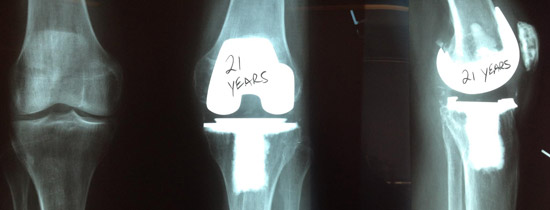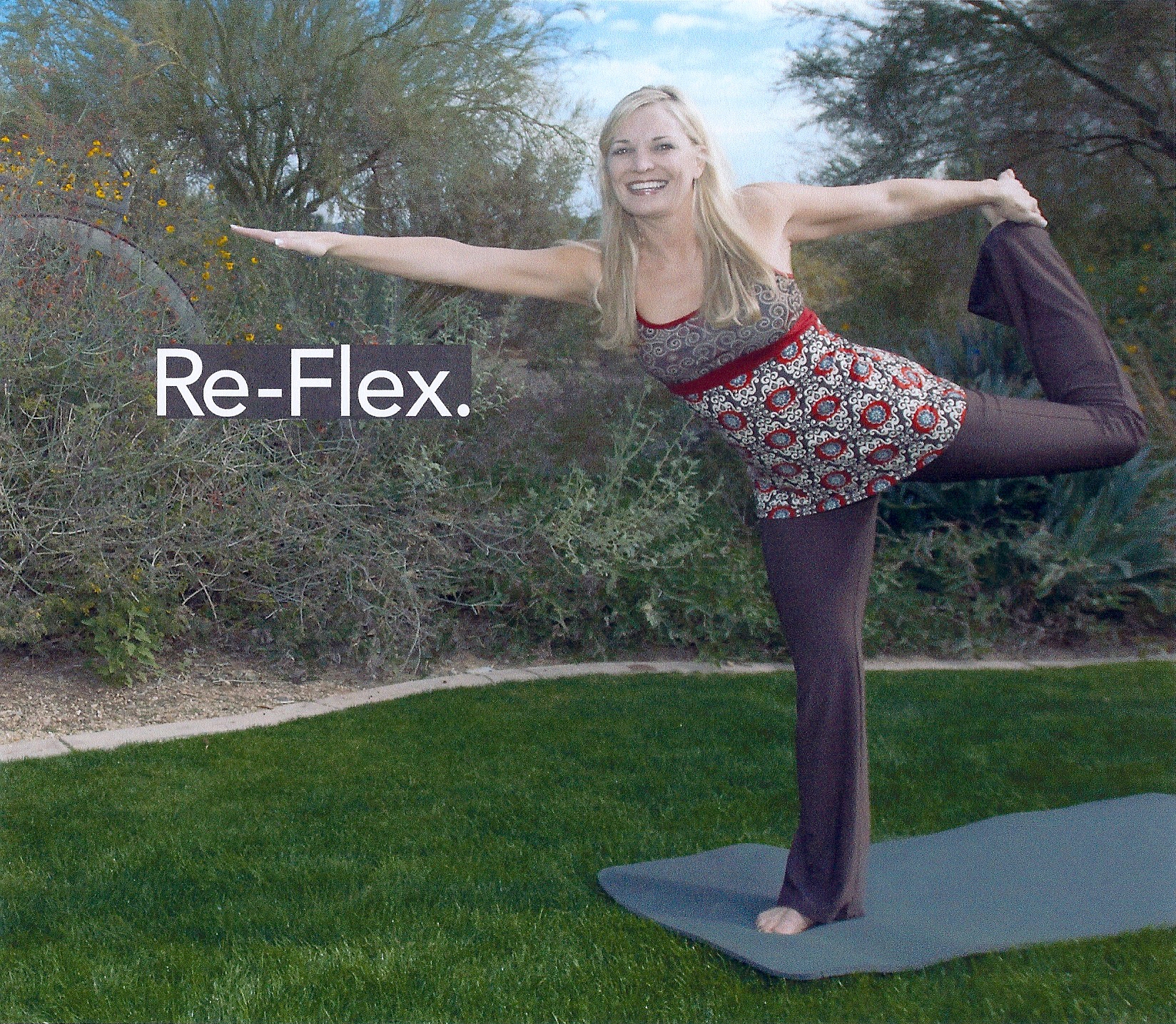Exercise for knee osteoarthritis. Orthopedic Surgeons Promote Exercise to Minimize the Symptoms of Osteoarthritis
ROSEMONT, Ill. – Osteoarthritis, or degenerative joint disease, affects an estimated 20 million Americans, including many middle-age Americans ages 45-65. That’s why the American Academy of Orthopaedic Surgeons (AAOS) and the American Orthopaedic Society for Sports Medicine (AOSSM) are touting the benefits of a balanced fitness/exercise program in preventing, and easing the symptoms of, osteoarthritis.
With osteoarthritis, the articular cartilage that covers the ends of bones in the joints gradually wears away leaving a frayed, rough surface that causes painful joint motion. Osteoarthritis usually develops after many years of use, and most often affects people who are middle-aged or older. Other risk factors for osteoarthritis include obesity, previous injury to the affected joint, and/or family history of osteoarthritis.
“While vigorous participation in sports and exercise over many years certainly can contribute to the wear and tear that causes osteoarthritis, an ongoing active lifestyle that includes regular, moderate-intensity, no- or low-impact exercise also is the best way to prevent and ease osteoarthritis symptoms and disease progression,” said AAOS 2nd Vice President David D. Teuscher, MD, a Beaumont, Texas orthopaedic surgeon specializing in sports medicine.
If done in 30-to-45 minute intervals, three-to-five days a week, exercise can help:
- · reduce pain and inflammation associated with osteoarthritis
- · improve flexibility and range of motion
- · enhance muscle strength and endurance
- · improve balance and coordination
- · maintain a healthy weight
According to the AOSSM, a successful exercise program should include four components:
- 1. Warm-up – A warm-up helps the body get ready to exercise by elevating the heart rate slowly and increasing body temperature. Some warm-up activities include five minutes of mild intensity walking or riding a stationary bike.
- 2. Stretching/flexibility – Flexibility is essential to joint health, and yet everyone’s degree of flexibility varies greatly. Stretching should not be painful and should begin with easy stretches being held for 20 to 30 seconds each. Stretches to include in an osteoarthritis exercise program are:
- · Standing, reach for toes
- · Standing diagonal, reach for toes
- · Arm across chest
- · Hands over head
- · Sitting on the floor, with one hip and knee bent and the sole of the foot on the thigh, and then reach for the toes.
- · Using railing or wall for balance, holding ankle behind buttocks
- · Standing with one forefoot up on a small step, gently pushing heel to the floor
- 3. Aerobic (cardio) activity – A stationery bicycle may provide the best aerobic exercise for an arthritic patient. It is easy on the joints and maintains flexibility, motion and strength. Start with five minutes on the bicycle and gradually increase activity by one minute or two minutes per week. Other low-impact aerobic activities:
- · Water aerobics
- · Walking outside or on a treadmill
- · Elliptical trainers
- 4. Anaerobic (strength) activity – Strength training is beneficial for the prevention and treatment of osteoarthritis, especially light-to-moderate resistance exercise, such as:
- · Laying down straight leg raises
- · Side lying hip abduction/adduction
- · One-half squat
- · Knee flexion
- · Calf raises
- · Step lunges
- · Arm circles
- · Abdominal crunches
“If these supervised measures don’t work, you should seek the advice of a physician who may use weight bearing diagnostic x-rays to confirm the condition of your painful joint. After a proper diagnosis, physical therapy and/or medications may be recommended to further ease osteoarthritis symptoms,” added Dr. Teuscher. “For some patients, surgery to repair or replace knee or hip joints may be required to allow for a return to an active lifestyle and previously enjoyed activities.”
Stop exercising and consult with your physician if you have increased swelling, stiffness or joint pain, and/or dizziness, light headedness or shortness of breath following physical activity.
The AAOS A Nation in Motion website highlights many orthopaedic success stories, including those of patients suffering from debilitating arthritis. One such story is from Karen Ortega who has osteoarthritis and rheumatoid arthritis. Ortega returned to teaching Tai Chi and Tai Kwon Do in Temecula, California after a hip replacement. Adam Roberts, who had both hips replaced after severe osteoarthritis, is now back to doing what he loves – bodybuilding.










